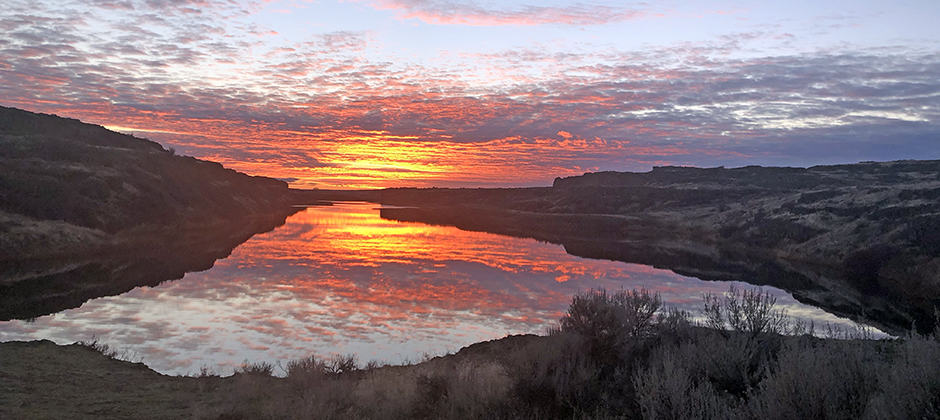Share this article
Envisioning the future of conservation
What does the future of conservation look like? What have we learned? What do we need to do to be successful? What are we getting wrong?
These are questions that participants wrestled with on Wednesday at a special session during the 87th North American Wildlife and Natural Resources Conference in Spokane, Wash.
“As we look at the state of conservation in this country, clearly, despite our passions, despite our science, despite our professionalism, we have challenges,” said TWS member Tony Wasley, director of the Nevada Department of Wildlife, who was one of the leaders of the session. “We have challenges with respect to threats to our biodiversity. We have challenges in the climate change arena. We have changing wildlife value orientations. We have an ever-changing dynamic in the world of conservation.”
The United Nation’s recent Intergovernmental Panel on Climate Change recently released a report warning of “a narrow and rapidly closing window to create a livable future,” said Deb Rocque, assistant director of the U.S. Fish and Wildlife Service, another organizer. “They weren’t talking about wildlife or biodiversity. They were talking about humans.”
The session built upon a Future of Conservation Forum in January that asked participants to identify actions needed to address conservation. The group’s 474 recommendations were distilled into six overarching actions focused on trust, landscape conservation, support for critical functions, equity and inclusion, funding and communication.
“We’re in this room today to talk about creating a durable effort to connect the lands and waters of this country to support healthy ecosystems, thriving fish and wildlife populations and vibrant communities,” Rocque said. “It’s going to take us working together, working smart and evolving as the landscape changes.”
Of the six actions, most participants polled said they found building trust to be the most important.
“I just feel like an intentional engagement effort with all of these different constituencies that have a stake in that landscape in the future—that’s what’s missing,” one participant said. “We haven’t stepped out and started asking communities what’s important to them.”
TWS member Julie Thorstenson, executive director of the Native American Fish and Wildlife Society, urged participants to work more with Native Americans on conservation issues and reach out to constituents who have different perspectives.
“We can’t fall back to ‘this is the way we’ve always done things,’” she said. “We have to be different. We have to draw on different ideas and perspectives.”
Header Image:
The sun is reflected in the waters of the Twin Lakes Recreation Area in eastern Washington.
Credit: Greg Meuth/BLM








